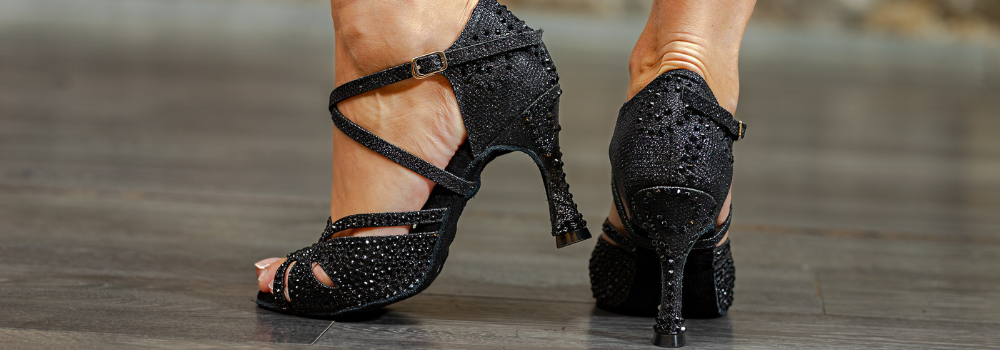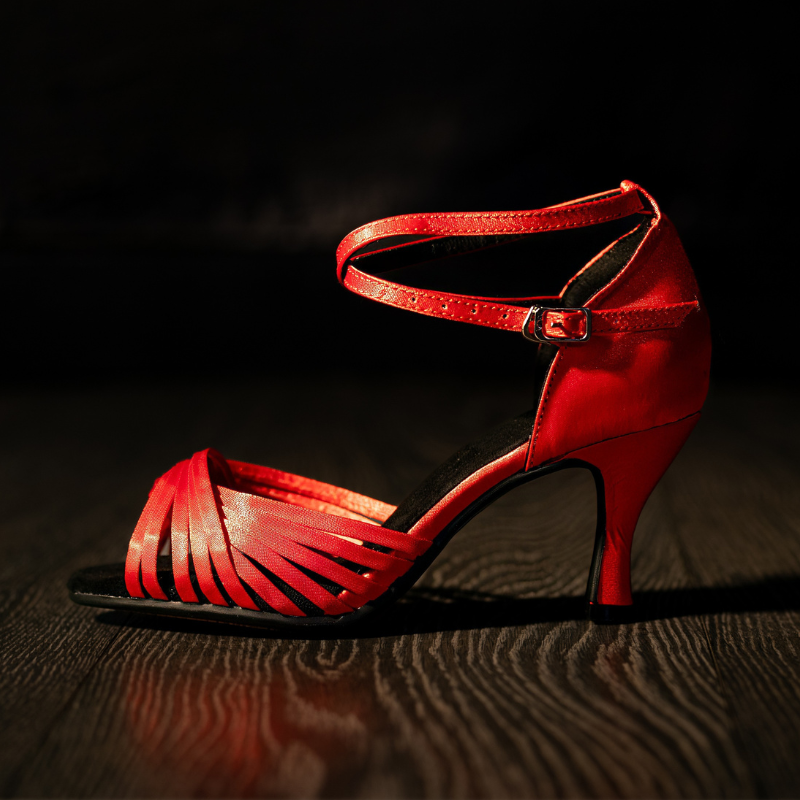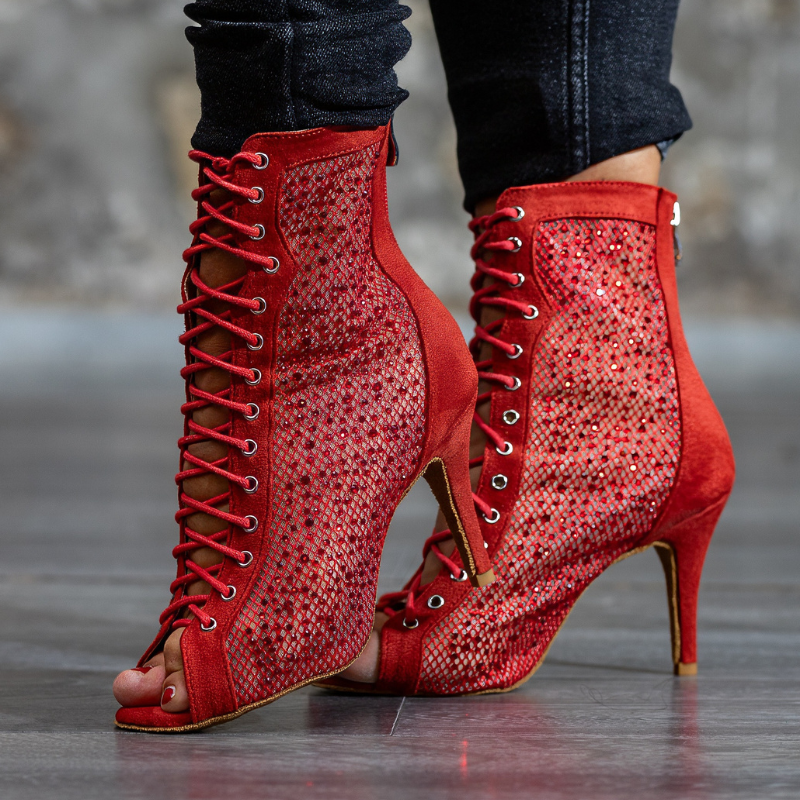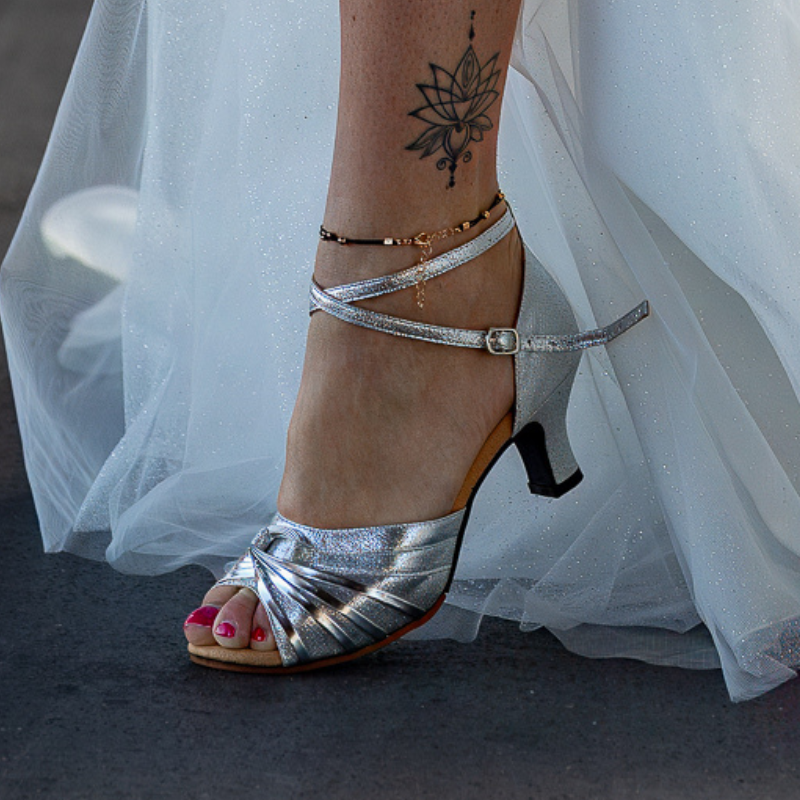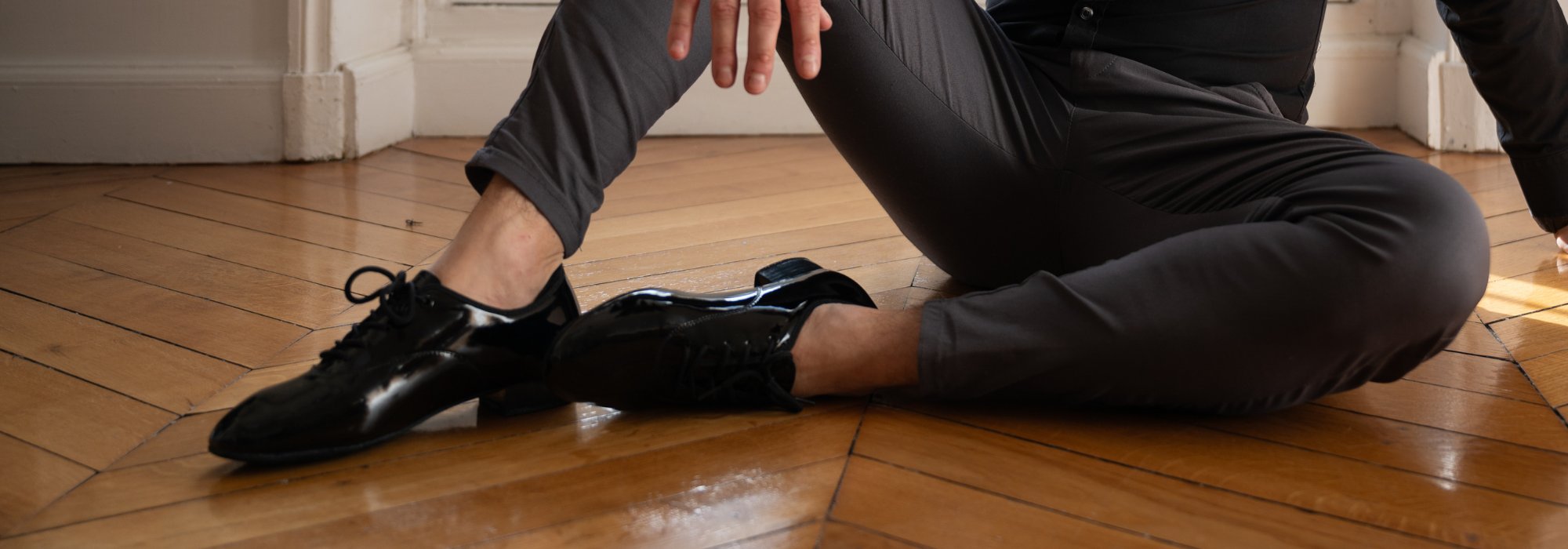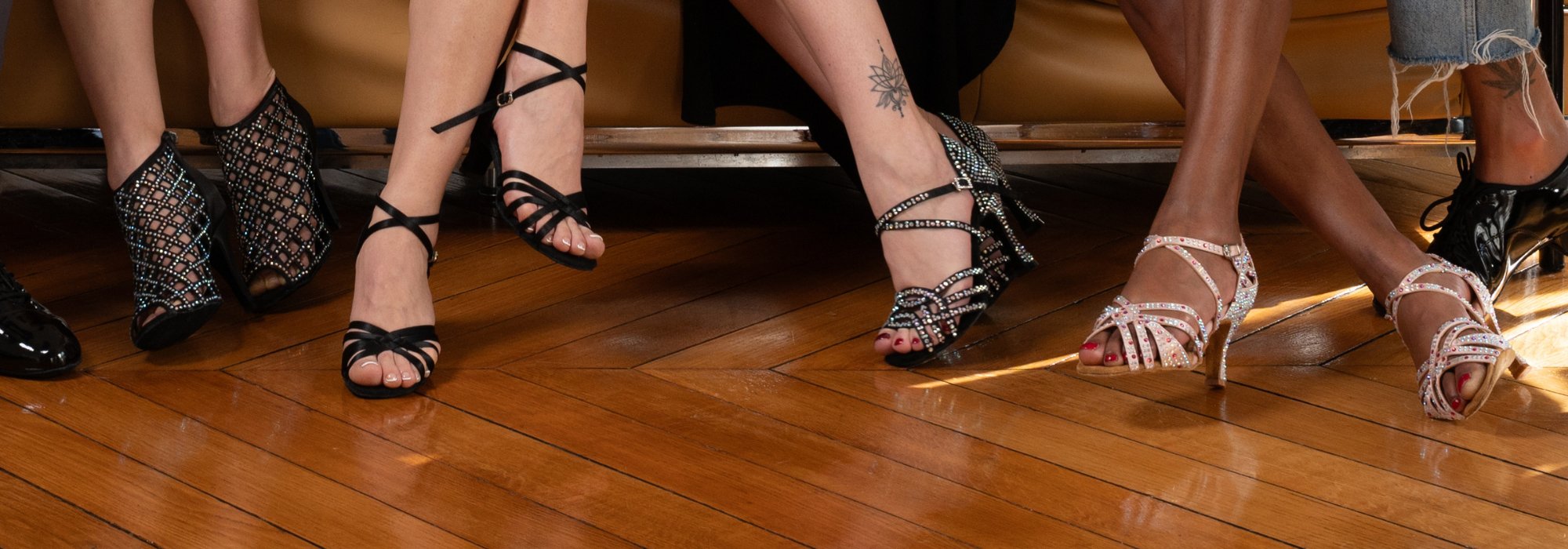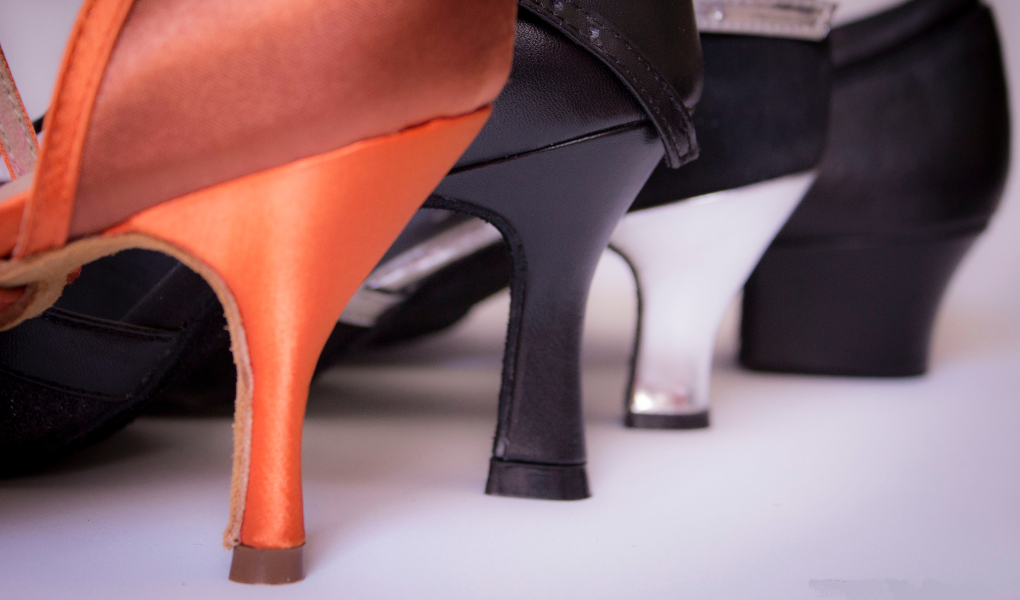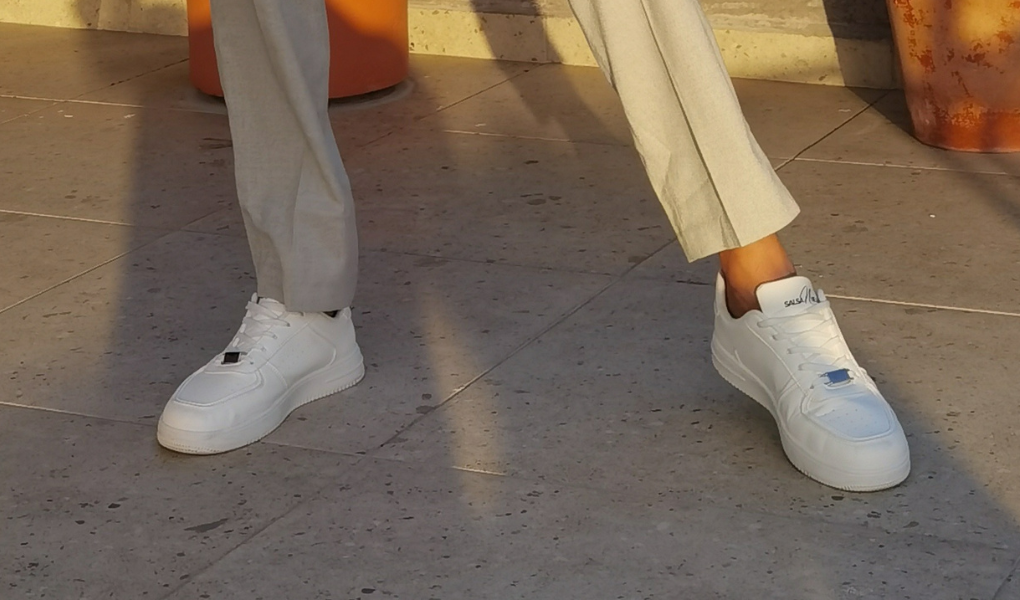What shoes to dance to dance?
YOU Dance start or look for Improve your performance ? You wonder Which shoes to choose To ensure comfort, safety and style on the track? This guide will enlighten you!
To dance effectively, opt for dance shoes with a leather or nubuck/suede sole, often called "Sweden sole". They allow you to turn and move easily, while offering a good balance between sliding and grip. Avoid rubber soles that hang too much on the ground and can hinder your movements.
The choice of your shoes plays a crucial role in the execution of your movements, the maintenance of your balance and the protection of your joints. Whether it's salsa, bachata, kizomba or living room dance, there are models adapted to each dance type.
We will see together:
- How to choose suitable dance shoes
- The ideal types of soles for each floor
- Why the maintenance and flexibility of the materials count
- Current errors to avoid to dance safely
So, ready to make the right choice and to shine on the track? Let's start!
How to choose the right dance shoes?
1.The size and maintenance
To dance effectively, The choice of good size is essential. Too large shoes may slide and embarrass your movements, while too small shoes can cause pain or bulbs. It is important to find dance shoes that hold the foot well Thanks to adjustable straps or curls.
2.The type of soles
-
Daim/nubuck soles : Suede or nubuck soles are ideal for interior parquets because they offer a Perfect balance between grip and slide. They allow fluid pivots and optimal control of movements. A Interview with a specific brush is necessary to maintain their effectiveness.
-
Rubber soles : The rubber soles are to be avoided for shoes with Latin dance heels because they offer a excessive grip. This makes pivots difficult and increases the risk of joint injury. They are more suitable for activities that require strong grip.
- Leather soles : Leather soles are more resistant And adapted to various types of surfaces, including external floors. They slide less than suede soles, which can complicate certain rotations. However, they are suitable for dancers who are looking for good sustainability.
3. The materials and the flexibility
There Flexibility of materials is essential To allow the foot to move naturally. Favor shoes made in Light and breathable materials such as satin, mesh or soft leather to reduce fatigue.
Opt for models with padded ends for increased comfort, especially during long dance sessions. This flexibility and this comfort will make it possible to perform complex movements while minimizing the risk of injury or discomfort.
The different types of shoes for Latin dances

1. Chaussures for women: open sandals
THE Latin dance shoes for women are often open sandals with tilted heels. This type of heel promotes an ideal posture for Latin dances, supporting weight transfer and fluid body movements. Flexible soles, generally in suede or leather, allow you to rotate and slide with ease while offering just enough grip for good control.

2.Chaussures for men: closed shoes with low heel
For men, Latin dance shoes are generally Closed with a low heel (about 2 to 4 cm). This slightly raised heel allows you to better work the movement of hips and accentuate the specific steps of Latin dances. The soles are often made of suede or leather to offer a perfect combination of sliding and grip.
Why wear suitable dance shoes?
When you learn a type of dance like salsa, bachata, or kizomba, the choice of dance shoes may have a considerable impact on your performance, safety and comfort. It is not just a fashion accessory But of a essential tool For Maximize your potential On the dance floor.
Let's discover together why the adapted dance shoes are essential as well as the errors to absolutely avoid.
1. Confort and safety
Dance shoes are designed to offer a Optimal maintenance, which is crucial for avoid injury such as sprains, ankle torsions or muscle pain. They also allow a Better shock absorption and a balanced weight distribution during complex movements.
-
Footwork : Unlike city shoes, dance shoes have flanges or curls to keep the foot in place. This support allows you to carry out figures and towers without risk of sliding or losing the shoe.
-
Absorption of shocks : The specific soles of dance shoes reduce the impact on your joints, especially when you make repetitive steps or jumps.
2.Prevation of the joints and the back
Dancing for long hours with inappropriate shoes can cause pain in the hips, knees and back. Dance shoes have Flexible and light soles which minimize this risk and promote a correct posture as well as a Best weight transfer.
-
Reduction in fatigue : Poorly adjusted or too heavy shoes quickly tire the feet and legs. The suitable models are often made from light materials to allow you to dance longer without feeling pain.
-
Better flexibility : The flexibility of the sole of dance shoes allows better footing of the foot (essential for fast movements).
3. Improved performance
Thanks to suitable dance shoes, you benefit from a better connection with the floor. This is crucial to feel every step, adjust your balance and respond to your partner's movements.
-
Specific soles to turn and slide : Suede soles or nubuck Offer just what it takes to grip and slide.
-
Ease in movements : Dance shoes are designed to allow fluid movements that are essential in dances such as salsa where fast transitions and towers are frequent.
4.Differences compared to city shoes
Wearing town shoes on a dance floor can have negative consequences: slide, lack support or feel limited in movements.
-
Rigidity of city shoes : Unlike dance shoes, city shoes are often rigid and do not allow natural flexion of the foot, which limits movements and Increases the risk of injury.
- Inadequate soles : The rubber soles, for example, adhere too much to the ground. This prevents the fluid rotations necessary in many Latin dances.
Errors to avoid: unsuitable shoes to dance
1. Too high and rigid heels
Dancing with too high or rigid heels can compromise your balance And quickly tire your feet. Too high heels increase the risk of ankle torsion and limit the flexibility necessary to make precise and fluid steps. Shoes must offer good support while allowing optimal mobility.
2.Chaussures with synthetic or rubber soles
THE rubber soles or in synthetic materials Hang too much on the ground, which can make pivots difficult, even dangerous. This can twist At the knees or ankles. These soles are not adapted to the rapid movements and the necessary rotations in Latin dances or salsa.
3. Non -maintained and flip -flops
Pumps that do not do not properly hold the foot and flip flops are proscribe. Pumps can slip, loosen or even detach themselves, which creates risks of fall or ofaccident. The flip flops, on the other hand, allow No foot control And make the movements jerky, in addition to presenting a high risk of slipping.
Examples of frequent accidents due to bad shoes
-
Shirt and torsion of the ankle during a quick turn with unsuitable soles
-
Fall caused by a shoe that suddenly detaches
-
Permanent imbalance due to too high heels
Ready to dance? Discover our dance shoes!
Here, this guide is coming to an end. Now you know everything about the choice of Best shoes to dance in complete safety and comfort. Whether for salsa, bachata, or kizomba, you discovered the importance of an adapted sole, good support and flexible material for fluid movements.
So, ready to make the right choice and shine on the dance floor? If you are looking for quality dance shoes who combine comfort and performance, go to shop.Salsanueva.fr !
If you want to learn more quickly, we offer Different Latin dance lessons. Besides, you can also participate in a test session to see if that suits you.

